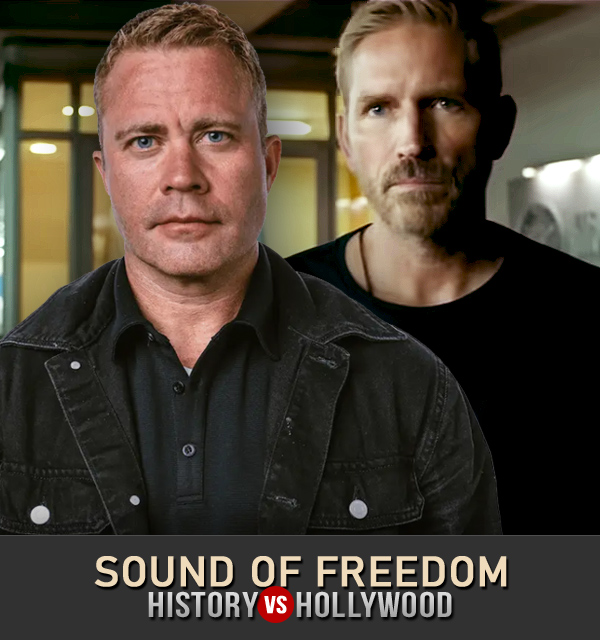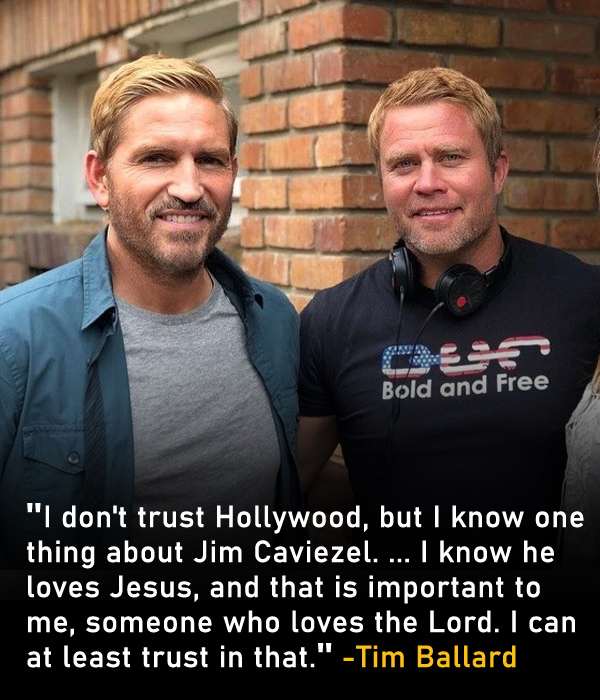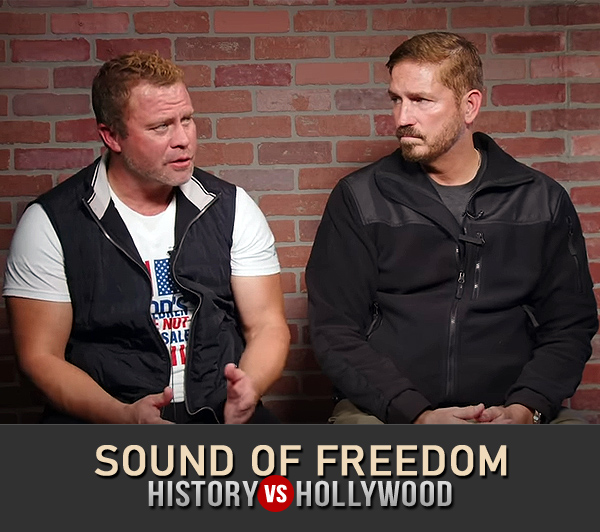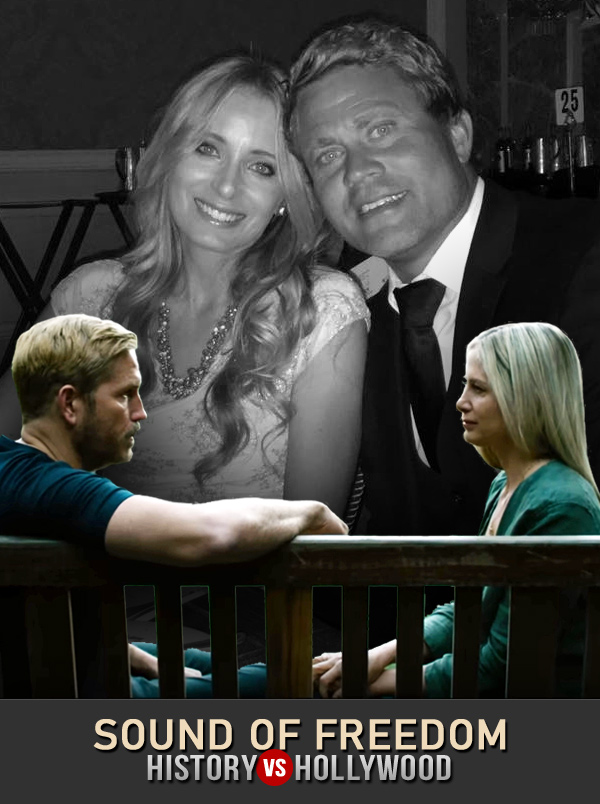Today, there is a historical plaque marking the spot where Thomas Egan was hanged. It reads:
The Hanging of an Innocent Man Marker
Early day justice in Minnehaha County, Dakota Territory, overlooked innocence when gallows were erected near this site for the hanging of Thomas Egan, a pioneer immigrant farmer from County Tipperary in Ireland. Egan settled in Dakota in 1876.
Egan was arrested, tried, convicted, and hanged for causing the death of his wife, Mary. She was murdered in September 1880, on the family homestead farm 20 miles northwest of Sioux Falls, north of Hartford. She was found in the cellar of their sod home, dead from a bloody beating.
The suspicion of neighbors, which promptly spread through the community, centered on Thomas Egan. He was immediately taken into custody and placed in jail in Sioux Falls where he remained until the hanging. Many years later, a surprising revelation would prove his complete innocence.
Mary Hayden Lyons was a widow with a five-year-old daughter, Catherine, when she married Thomas Egan, in 1866, in Madison, Wisconsin. When the couple later moved, Catherine remained behind with relatives. Three sons, Sylvester, John, and Tommy, were born to Thomas and Mary Egan before Catherine rejoined the household in Dakota Territory. Soon thereafter, on November 23, 1879, Catherine married a neighbor, James Van Horn.
Egan was arrested, tried, convicted, and hanged for causing the death of his wife, Mary. She was murdered in September 1880, on the family homestead farm 20 miles northwest of Sioux Falls, north of Hartford. She was found in the cellar of their sod home, dead from a bloody beating.
The suspicion of neighbors, which promptly spread through the community, centered on Thomas Egan. He was immediately taken into custody and placed in jail in Sioux Falls where he remained until the hanging. Many years later, a surprising revelation would prove his complete innocence.
Mary Hayden Lyons was a widow with a five-year-old daughter, Catherine, when she married Thomas Egan, in 1866, in Madison, Wisconsin. When the couple later moved, Catherine remained behind with relatives. Three sons, Sylvester, John, and Tommy, were born to Thomas and Mary Egan before Catherine rejoined the household in Dakota Territory. Soon thereafter, on November 23, 1879, Catherine married a neighbor, James Van Horn.
During the trial, James and Catherine Van Horn testified for the prosecution, a fact which angered Thomas Egan greatly.
When the day of sentencing arrived, Territorial Judge Jefferson P. Kidder asked Thomas Egan if he had anything to say. With an angry scowl he replied, “Judge, I have nothing against anybody in the Court, or anybody around the country, except the Van Horns. They betrayed me and may the curse of God be upon them. I can stand it, Sir. The law may not reach the Van Horns, but the curse of God will.”
Catherine Van Horn lived 45 years with the words of her stepfather ringing in her ears.
When the day of sentencing arrived, Territorial Judge Jefferson P. Kidder asked Thomas Egan if he had anything to say. With an angry scowl he replied, “Judge, I have nothing against anybody in the Court, or anybody around the country, except the Van Horns. They betrayed me and may the curse of God be upon them. I can stand it, Sir. The law may not reach the Van Horns, but the curse of God will.”
Catherine Van Horn lived 45 years with the words of her stepfather ringing in her ears.
On June 3, 1927, on her death bed, at age 65, in Seattle, Washington, she confessed that she had killed her mother. She wrote, "Back in South Dakota in the early ‘80’s I killed my mother. We quarreled and I hit her again and again over the head until she died. No one ever suspected me. My stepfather, Thomas Egan, was hung for the crime. He died vowing his innocence."
It took three drops from the hangman's trap door on July 13, 1882, to end the life of Thomas Egan. On the first drop, the rope broke and Egan was carried back to the platform. On the second drop, a deputy inadvertently broke Egan's fall and the hanging man was dragged to stand on the trap door a third time. Following the third drop, the official physician declared him dead.
It took three drops from the hangman's trap door on July 13, 1882, to end the life of Thomas Egan. On the first drop, the rope broke and Egan was carried back to the platform. On the second drop, a deputy inadvertently broke Egan's fall and the hanging man was dragged to stand on the trap door a third time. Following the third drop, the official physician declared him dead.
-- end of the inscription on the historical marker.
Reading about this. One has to wonder if Thomas Egan knew who the killer was but instead decided to protect them. Is that why he felt betrayed by James and Catherine Van Horn when they testified for the prosecution?
Thomas Egan was born in County Cork, Ireland in 1835. His family immigrated to America during "The Great Irish Famine" which started in the mid-1840s. It was a time of starvation in Ireland because crops of potatoes were destroyed by a blight. The blight was so bad that it caused a famine that resulted in about one million deaths between 1845 and 1851. During that time, it's estimated that a million Irish emigrated to other lands -- including some coming to the United States.
How badly did that famine impact Ireland? Well, between starvation, hunger-related diseases, and those who fled for other lands, Ireland lost a quarter of its entire population. In America, many Irish families found life tough.
In 1866, Thomas Egan married widow Mary Hayden Lyons in Madison, Wisconsin. When they were married, she already had a 5-year-old daughter, Catherine. The Egans left Wisconsin and moved to the Dakota Territory in 1876. Catherine, by then 15 years old, stayed with her mother's relatives.
How badly did that famine impact Ireland? Well, between starvation, hunger-related diseases, and those who fled for other lands, Ireland lost a quarter of its entire population. In America, many Irish families found life tough.
In 1866, Thomas Egan married widow Mary Hayden Lyons in Madison, Wisconsin. When they were married, she already had a 5-year-old daughter, Catherine. The Egans left Wisconsin and moved to the Dakota Territory in 1876. Catherine, by then 15 years old, stayed with her mother's relatives.
Thomas and Mary Egan had three more sons together and lived northwest of Sioux Falls. Catherine wouldn't join the rest of her family in the Dakota Territory until late in 1879. After arriving in Dakota Territory is when 18-year-old Catherine met and married James Van Horn.
On September 9, 1880. Mary Egan went missing. A search was started and on September 12, her body was discovered in the cellar of their sod home. It had been three days before her body was found dead in the cellar of the Egan's sod home north of Hartford.
Details were printed in newspapers after the trial reported that her husband was guilty of her murder. It was reported that on the morning of September 12, Thomas Egan sent their children, Sylvester, John and Tommy, away so "he could carry out his grim task."
The newspapers reported that "He approached her as she washed dishes, threw a rope around her neck and began to strangle her. While she was incapacitated, he brutally beat her about the head with a club until he was sure she was done for. After that, he threw her in the basement through a trapdoor in the floor. She was found three days later, having moved toward a wall and into a semi-reclining position. This suggested that she may have expired after a fair amount of time had elapsed. Neighbors were horrified and testified that the couple argued often. Thomas Egan was arrested quickly."
By December 1881, Thomas Egan had been tried and found guilty of murder. In May 1882, he was refused a new trial. It was then that Judge Jefferson Kidder sentenced him to death by hanging on July 13, 1882, in Sioux Falls. Upon hearing his sentence, Egan reportedly said, “Amen, I guess I can stand it.”
She had been brutally murdered, and at least one newspaper, the Sioux Falls Pantagraph, tried to suggest that he may have been the same man who was implicated in a brutal murder in Minnesota in 1864. Of course that wasn't true. But that didn't matter.
And as for you folks who will write to remind me that I use a lot of period newspapers as sources and to remind me that I should be aware of their bias and untruths even back in the day, I want to assure you that I know about that. That's the reason why I try to check things out before running a story only based on what a newspaper reported.
Just as some Old West History writers embellish an event to make it that much more decorative, even if it means getting the facts wrong. I've read several writers who insert their personal opinions and present faulty conclusions while using adjectives to describe things that in many cases they don't know if factual or not. Newspaper writers do the same while dramatizing an event to inflame their readers. That's always been the case.
I had a journalism teacher many years ago who said "Readers need to take the personal bias and commentary, along with the adjectives out of a news story if a reader wants to find the truth of what took place." Below is a perfect example of using supposition and conjecture to inflame readers -- while also getting the facts completely wrong. Which, in the case of Thomas Egan, was years later determined to be the case.
The twice-botched hanging was covered in detail in newspapers of the day. Note below how this syndicated news story about the murder and the trial was not even close to really what took place.
A HORRIBLE AFFAIR.
The Execution of Thomas Egan, the Wife Murderer, at Sioux Falls, Dak — The Drop Fails Three Times Before the Culprit is Deprived of Life, Owing to Rotten Ropes.
On Thursday, July 13, occurred at Sioux Falls the first judicial hanging ever done in the territory of Dakota. Nearly two years ago Thomas Egan, who suffered the death penalty, most foully and cruelly murdered his wife, with whom he had lived for nearly a quarter of a century. From evidence produced at the trial it would appear that they had frequent quarrels which at length culminated on this fatal morning in her death.
He deliberately sent the children away, and while she was washing dishes at the table came behind her, and after throwing a rope around her neck and strangling her, pounded the life out of her with a club. The body was then thrown through a trap door into the cellar, where it was found three days after, horribly mutilated. The skull was fractured and the head was covered with frightful gashes made by the club. It appeared also as if she were not dead when thrown down, as she was discovered partly reclining against the call [sic] of the cellar, which added to the horribleness of the crime. Eagen [sic] was arrested and tried, and although there was every effort made by his attorneys to save him; he was convicted and sentenced to be hanged at Sioux Falls by Judge Kidder of the Fourth judicial district of the territory.
On Thursday, 13th, after eating a hearty breakfast, hearing the sentence read, and some religious exercises by a Catholic priest, Eagan [sic] was taken to the gallows. All eyes were intently fixed on the prisoner. His face was somewhat pale, but his lips were firm and he seemed to exhibit no sign of fear. He was a straight, heavy-set man, weighing 180 lbs., with a retreating forehead, heavy projecting eyebrows and an ugly looking eye. His general appearance was far from prepossessing. He was dressed in a plain black suit, with clean white shirt, collar and tie, and low shoes. He walked straight up to the platform to the scaffold, taking his place on the fatal trap, turned around and faced the crowd below.
On Thursday, 13th, after eating a hearty breakfast, hearing the sentence read, and some religious exercises by a Catholic priest, Eagan [sic] was taken to the gallows. All eyes were intently fixed on the prisoner. His face was somewhat pale, but his lips were firm and he seemed to exhibit no sign of fear. He was a straight, heavy-set man, weighing 180 lbs., with a retreating forehead, heavy projecting eyebrows and an ugly looking eye. His general appearance was far from prepossessing. He was dressed in a plain black suit, with clean white shirt, collar and tie, and low shoes. He walked straight up to the platform to the scaffold, taking his place on the fatal trap, turned around and faced the crowd below.
The sheriff now asked him if he had any thing to say, but his lips still were kept sealed to his secret, and he shook his head and answered in a low voice, “No.” His legs were now tied, he himself assisting the officer by placing his feet close together. The black cap was put on his head, but not a limb quivered. The noose was adjusted and the fatal moment had come. While the priests were chanting their solemn service, and while the attending officers and crowd were holding their breath in silence, the sheriff touched the trigger which alone kept Thomas Egan from his death. There was a crash as the door flew back against the boards and body, deprived of its footing, shot through the door, and now, horror or horrors!
The rope snaps like a piece of thread, the body drops to the earth with a dull thud, partly on its back, and rebounding rolls over on its face. The crowd are paralyzed with astonishment and fear. An unearthly gurgling sound now breaks forth from the prisoner.
The rope snaps like a piece of thread, the body drops to the earth with a dull thud, partly on its back, and rebounding rolls over on its face. The crowd are paralyzed with astonishment and fear. An unearthly gurgling sound now breaks forth from the prisoner.
His neck is not broken, but the cord is wound tightly about it and he is strangling. A half a dozen men now rush forward, one seizes him by the arm, another by the leg, another by the waist, another by the head. It is seventy-five feet from the ground, where he has fallen, back to the jail-door, and around to the platform of the scaffold he is hurriedly conveyed through the crowd, the broken rope in the meanwhile dangling from his neck, while his horrible groaning strikes terror to the bystanders.
Once more on the scaffold, another rope is adjusted and the sickening details once more gone through with, the trap falls again and the half-dead man drops once more; but worse. The rope was not fully adjusted before the excited sheriff again touched the trigger and down the body goes a second time but not with sufficient force to accomplish the desired result.
His neck is still unbroken, and the slow process of suffocation is all this time going on. The attendants seize him by the arms and again pull him on the scaffold while the death struggle continues. The first rope is flopping from his neck and he still has life enough, so one says who was on the scaffold, to brace his feet for the third and last fall.
His neck is still unbroken, and the slow process of suffocation is all this time going on. The attendants seize him by the arms and again pull him on the scaffold while the death struggle continues. The first rope is flopping from his neck and he still has life enough, so one says who was on the scaffold, to brace his feet for the third and last fall.
If at this juncture some one had mercifully stepped up and put a bullet through his head, it would have been an act which would have certainly been appreciated by the crowd. The rope is finally fixed, the door drops once again, the man shoots down, and there is a snap which is heard all around the yard and outside. There is a shrugging of the shoulders, a twitching of the legs a convulsive shudder and all is still. The body swings slowly around. There is no motion of leg or arm or muscle, and in eight and one half minutes the doctors pronounced him dead, and shortly after the body was taken down. Yes, he is dead at last, and the sightseers heave a genuine sigh of relief.
The corpse is now cut down and the pinioned arms and legs released. The dirt was brushed from the clothing and body laid in a coffin, where it was afterwards viewed by the crowd, both outside and inside the jail. The effects of the strangulation were fearfully evidence about the neck. The first cord had embedded itself, but the action of the heart had forced the blood under it and the flesh was swollen, purpled and discolored. There was a sightless stare to the eyes and blood was flowing out of the corners of his mouth. After all those desiring had seen the corpse it was boxed up, and early in the afternoon it was taken to the Catholic burying-ground where it was buried, and with it the club and cord with which he killed his wife.
-- end of the circulated news report.
It was reported that the noose used to hang Thomas Egan "was specially ordered from a company in Lincoln, Nebraska, that manufactured items for just such an occasion. It was woven of silk and hemp and came accompanied by a written guarantee. The rope arrived late on the night before the scheduled hanging. It was not tested."
It was also reported that "Thomas Egan was given a hearty last breakfast on the morning of his execution, July 13, 1882. He was read the death warrant at 9:10 a.m. His arms were tied, and he was walked to the gallows. At 9:34 a.m., he was placed in position on the trapdoor with the noose adjusted on his neck. At 9:35 a.m., Sheriff Dickson sprung the trap. Egan dropped 5 1/2 feet, at which point the rope snapped with 'a report like a percussion cap.' Egan landed on his feet and fell on his face and stomach, all the while emitting 'a most blood-curdling noise.'
Four men brought him back up to the gallows. A new manila rope was arranged as quickly as possible. They put the new noose on him and the trap was sprung again, but before the rope could be adjusted correctly. Egan was unable to drop far enough to provide him a quick death. He was hauled up and again hanged, though this time correctly. He was pronounced dead at 9:46 a.m.
The community at large was satisfied that justice was served and that a wife murderer would no longer be counted among their population."
It took three tries to hang Thomas Egan. To me, I can't help but wonder if providence may have been at work. Two botched hangings seem a little more than mere coincidence. How else could there have been so many problems, one after another? And having to use a second rope after the first specially ordered rope apparently rotted and didn't do the job? I can't help but wonder why that happened.
It took three tries to hang Thomas Egan. To me, I can't help but wonder if providence may have been at work. Two botched hangings seem a little more than mere coincidence. How else could there have been so many problems, one after another? And having to use a second rope after the first specially ordered rope apparently rotted and didn't do the job? I can't help but wonder why that happened.
Of course, someone there knew the truth of what really took place in September of 1880. And yes, the fact is that Thomas Egan's stepdaughter knew the truth and didn't do a thing to save her stepfather even after his hangings failed twice. Instead, she let him hang. She let the world call him a "Wife Murderer." She allowed the world to think that Thomas Egan was a killer when she knew that he wasn't.
She waited for 45 years before she decided to tell the truth about what happened to her mother. She waited until her stepfather was long dead and she lay on her deathbed before she confessed to what got her stepfather hanged.
It's true. On June 3, 1927, Thomas Egan’s stepdaughter, Catherine Van Horn, died. But, before she died, she told witnesses there at her side about what took place in September 1880. Some say "she relieved her soul of the burden which she had carried since September 1880." Some may disagree that it burdened her at all. Either way, it was then that she admitted that not only had she killed her mother in the Dakota Territory, present-day South Dakota, but that she had willingly let her stepfather hang for it.
And to some, like me, I see Catherine Van Horn as a double-murderer. She not only brutally killed her mother, she could have certainly stopped her stepfather from being hanged -- but didn't. Instead, she actually assisted the prosecution when she knew he was innocent.
Tom Correa
.jpeg)











